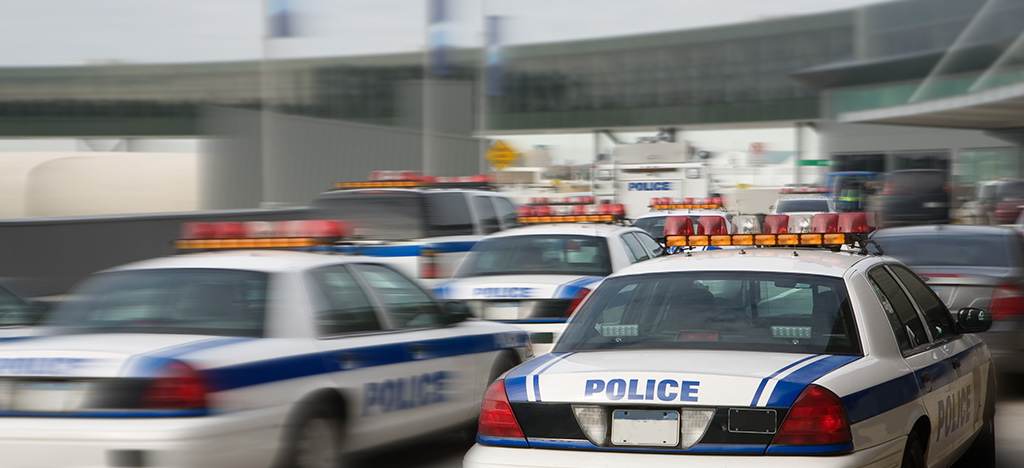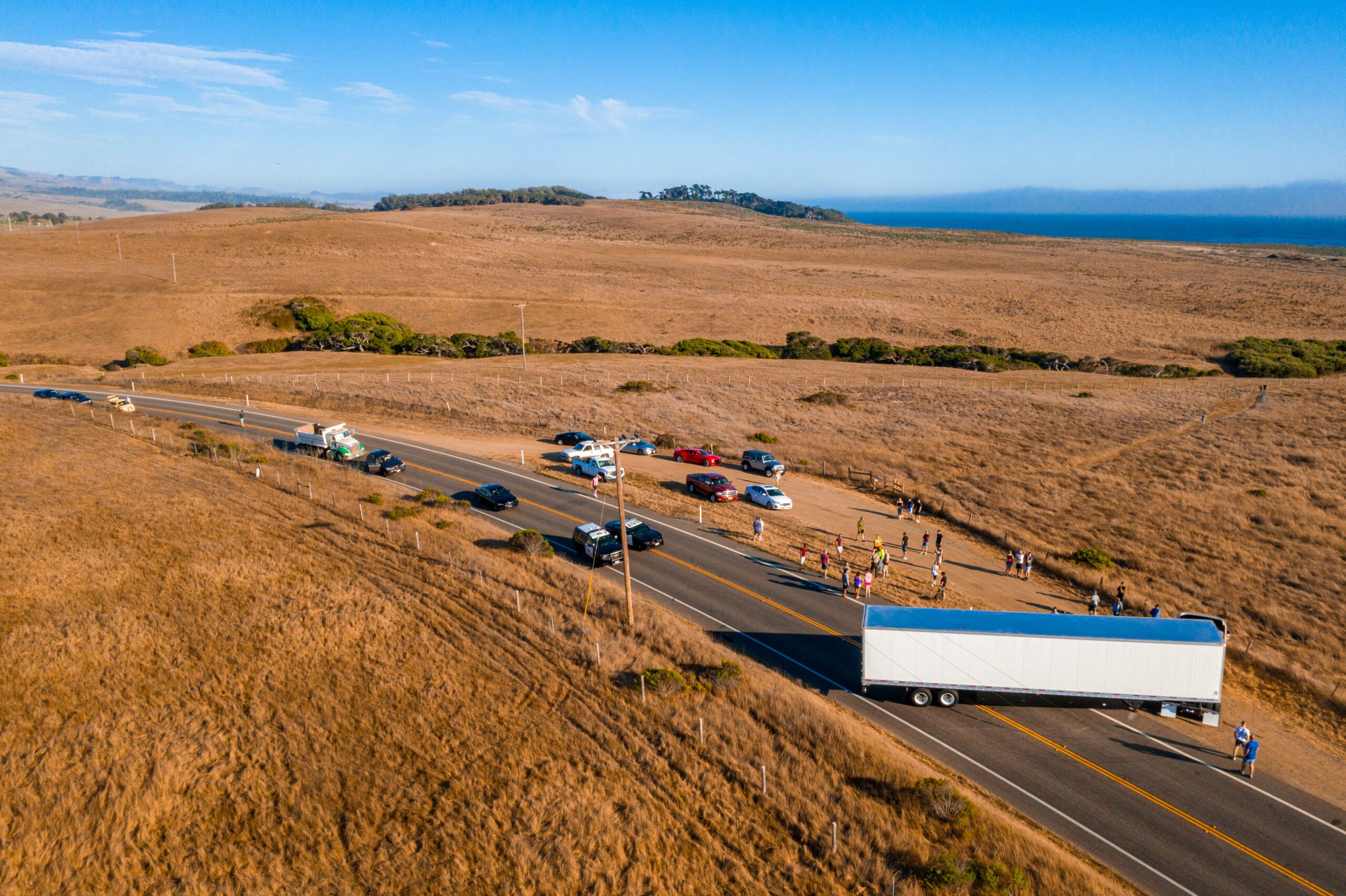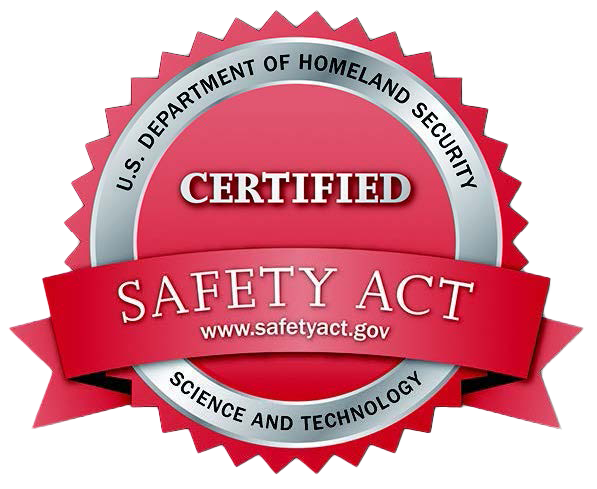When an accident occurs on critical transit infrastructures like roads, rails, or airports, everyone wants a fast response. Here’s how to secure funding for a first responder alert system.
By: Sonya Richmond
Imagine a passenger suddenly becomes unruly in an airport terminal. There are numerous other passengers as well as airport personnel and facilities to manage and protect.
How do you provide rapid context to first responders and other emergency support services? They need to know what situation they’re walking into – not only for their own safety but also for that of numerous other individuals.
Technology has the power to speed response and offer situational awareness. A contextual first responder alert system can make a difference and even save lives.
The Need For a First Responder Alert System
There are multiple reasons that public safety response to incidents on transit and critical infrastructure can be inhibited. Roads, ports, bus lines, railways, and airports deal with a variety of challenges such as unique geographical terrain, many people in contained spaces, climate conditions, and seasonal or rush-hour traffic.
While these challenges are difficult to surmount, there is one that easily can be overcome: coordination among first response units.
Back to the example of the unruly passenger: When something like that happens, airport security will respond and then call for backup. Depending on the situation, they may need emergency medical services (EMS), a SWAT team, or assistance guiding passengers and personnel to safety. Security staff may also need to alert an area hospital if there are injuries.
Each of these different organizations will likely have its own communication systems, such as radios, video links, or safety-related apps on their laptops or mobile devices. The problem is: In most cases, these disparate systems aren’t linked or are not interoperable.
In most cities and states, different public safety departments use distinct platforms and they don’t talk to one another or offer push-to-talk capabilities. If you’ve ever played the Telephone Game, you’ll understand why this lack of connection creates problems including delays and miscommunications.
Discover how interoperability among first responder systems can save lives.
A Bridge to Faster Response
Yet, imagine if all these systems are linked by one integrated first responder alert solution with a radio and video gateway.
A video gateway allows first responders to share live, streaming video for true situational awareness. Similarly, a radio gateway connects disparate two-way dispatch and fleet systems, providing seamless voice communications. Together, Mutualink LNK360™ enables agencies to use their existing systems to connect all relevant agencies – ambulance services, railroad management, aircraft rescue teams, transit authority leaders, and more — regardless of the existing equipment manufacturer.
The Mutualink LNK360™ is a radio and video gateway solution that allows public safety agencies to use whatever radio, video, or mobile device systems they have to provide safe and secure information that is separate and apart from the general public.
The video gateway system provides situational awareness so first responders can share their screens and give emergency services and backup personnel the necessary context to better prepare for the incident and bring the correct resources.
The Mutualink LNK360™ is a first responder alert system that improves incident management and helps to speed response times. It offers simultaneous push-to-talk, radio, and video sharing, which means that responders can create two-way audio and video communications by pushing one button.
Three Funding Sources Toward Securing First Responder Alert Systems
There are several paths for public-sector organizations and agencies to obtain funding for first responder alert systems like the Mutualink LNK360™ solution.
1. Emergency/Disaster Funding
Local and state governments can request funds to manage security responses during a disaster when local resources are maxed out. During the pandemic, the U.S. federal government declared a nationwide emergency and every state was able to activate its public assistance process. Of note, on November 9, 2021, President Biden extended the 100% provision through April 1, 2022. This means the federal government will reimburse the full cost, waiving the usual 25% state contribution requirement.
Here is an example of a state accessing public assistance funds to manage the pandemic crisis and mitigate COVID-19 effects on the public’s health: Indiana Madison County secured public assistance emergency funding to secure the Mutualink solution. Now communications are linked among four area hospitals, emergency management services, 911 central dispatch, the local health department, county coroner’s office, and 40 ambulance/EMT providers.
For more information about emergency funding, click here.
2. The 2021 American Rescue Plan Act (ARPA)
This act provides funding to mitigate and manage the ongoing effects of the COVID-19 pandemic. It includes provisions for making necessary investments in critical infrastructure.
The U.S. Department of Treasury has published guidance and further details here. Also, the National Conference of State Legislatures provides a good summary overview of how these funds can be used and ways to apply.
3. Specific Grant Programs
The Federal Emergency Management Agency (FEMA) provides annual funding on a competitive grant basis. It is expected that the following specific grant programs will be open for application in February 2022:
- Intercity Bus Security Grant Program. This grant helps protect surface transportation infrastructure and the traveling public. Its purpose is to provide funding for owners and operators of intercity bus systems to improve security and resilience.
- Port Security Grant Program. The goals of this funding are: protect critical port infrastructure from terrorism; enhance maritime domain awareness; improve port-wide maritime security risk management; and maintain or reestablish maritime security mitigation protocols that support port recovery and resiliency capabilities.
- Transit Security Grant Program. These funds are for public transportation systems — including intra-city buses, ferries, and all forms of passenger rail — to protect critical transportation infrastructure and the traveling public from terrorism and to increase transportation infrastructure resilience.
FEMA provides an authorized equipment list, which describes what is allowable under these funding opportunities. Allowable items are equipment and systems that provide connectivity and electrical interoperability between local and interagency organizations to coordinate response operations. Systems may range from cords that can patch two radios to interface boxes that can link dozens of radios, phones, computers, etc., in multiple sessions. In other words, the Mutualink Video Gateway is fundable in each of these grant programs.
A Trusted First Response Solution
Mutualink strengthens communities’ everyday communications by providing instant, seamless sharing of radio, voice, text, video, data files, and telephone systems in a secure environment in an instant. Improved situational awareness helps ensure safety for first responders and the public alike.
We are dedicated to building safer, smarter communities and are happy to provide guidance toward securing funding for first responder alert systems.





